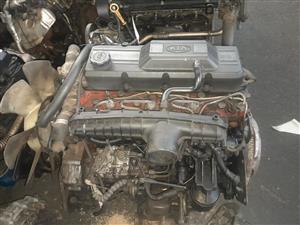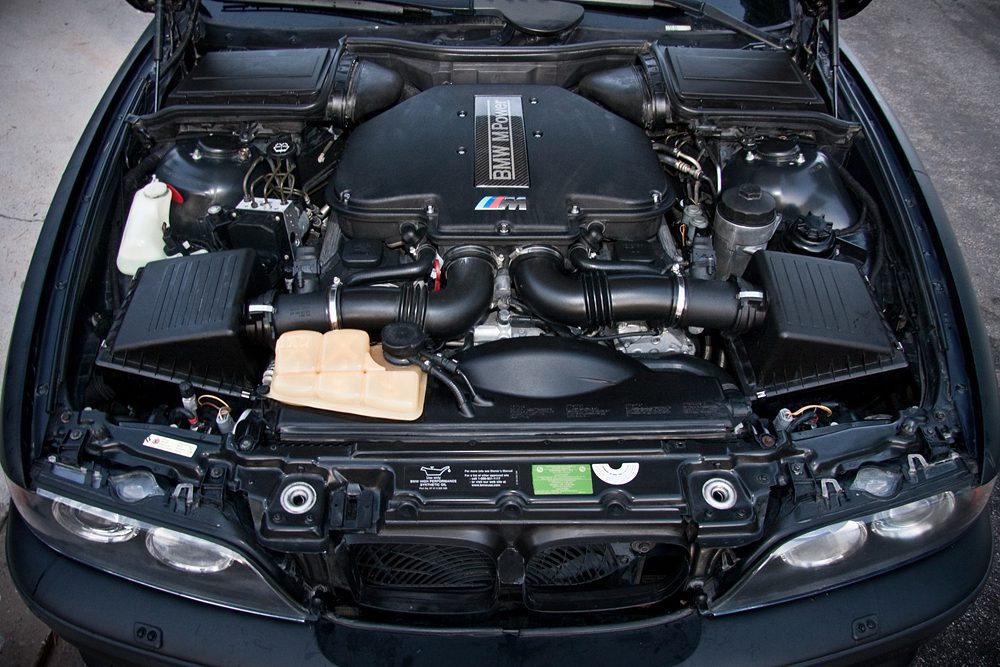How to Select the Right Opel Corsa Engine for Your Car
How to Select the Right Opel Corsa Engine for Your Car
Blog Article
Discovering the Inner Functions of a Compact Vehicle's Engine System
As vehicle drivers, we typically take for given the complex processes that happen within the confines of our lorry's engine system. In this exploration of a compact lorry's engine system, we will certainly untangle the internal workings of this mechanical harmony, losing light on the secrets that drive us onward on our daily trips.
Burning Process Review
The combustion process in a compact car's engine system is a vital mechanism that effectively converts gas right into power to power the car. This process happens within the combustion chamber of the engine, where fuel and air mix, stir up, and produce regulated explosions. The combustion procedure is composed of 4 main stages: intake, power, exhaust, and compression.
Throughout the intake stage, the piston relocates downward, pulling in a mixture of air and fuel into the combustion chamber. The following stage, compression, includes the piston relocating up, pressing the air-fuel combination to enhance its strength. Ultimately, in the power phase, the trigger plug stirs up the compressed mix, causing a quick growth of gases that requires the piston back down. This descending movement produces the power needed to drive the automobile. Ultimately, in the exhaust phase, the scorched gases are eliminated from the combustion chamber with the exhaust valve, preparing the chamber for the following cycle. This cyclic burning process is essential to the operation of a portable car's engine system, making sure effective power conversion for propulsion.
Piston and Cylinder Communication

The piston's accurate fit within the cyndrical tube is essential for maintaining optimum compression and preventing power loss during burning. Tight clearances between the piston and cyndrical tube walls ensure effective securing, enabling the piston to move efficiently without permitting gases to leak past. Appropriate lubrication is likewise essential to reduce friction and put on between these elements, enhancing durability and performance.
In addition, the design and products made use of in making the piston and cylinder impact engine effectiveness and longevity. Modern engines typically use light-weight yet durable materials like aluminum alloys for pistons and cyndrical tube linings to lower inertia and boost thermal performance. In general, the unified communication in between the piston and cyndrical tube is basic to the engine's capability and general performance.
Gas Shot System Functionality
Fuel injection systems in compact vehicle engines play a crucial function in specifically providing fuel to the combustion chamber for effective and controlled ignition. The fuel shot system operates by infusing gas right into the combustion chamber at the optimal minute throughout the engine's procedure (opel corsa engine). This precise timing makes certain that the fuel blends equally with the air for correct combustion, resulting in boosted fuel effectiveness and minimized discharges
There are mostly 2 sorts of fuel shot systems utilized in compact car engines: port gas injection (PFI) and direct gas shot (DFI) PFI systems infuse gas into the consumption port before the consumption valve, while DFI systems inject gas straight right into the combustion chamber. Both systems have their benefits, with DFI offering much better fuel atomization and PFI providing an extra cost-effective service.
Understanding Engine Cooling Devices
Reliable operation of a portable lorry's engine counts heavily on the efficiency of its cooling systems. The cooling system in a compact lorry usually consists of several parts working together to control the engine temperature level. Understanding these engine air conditioning devices is essential for maintaining the performance and durability of a portable car's engine system.

Exhaust System Components Explained
The optimal functioning of a portable automobile's engine cooling devices depends on a complementary system understood as the exhaust system, use this link which makes up various essential components for guaranteeing efficient exhausts and engine efficiency. The exhaust manifold collects exhaust gases from the engine's courses and cylinders them to the catalytic converter.
One essential element of the exhaust system is the oxygen sensing unit, which monitors the oxygen degrees in the exhaust gases to assist manage gas intake and make sure ideal engine efficiency. opel corsa engine. Additionally, the resonator may exist in some exhaust systems to minimize sound degrees. Overall, the exhaust system plays an important function in keeping engine effectiveness, minimizing dangerous emissions, and guaranteeing a quieter driving experience for compact lorry owners

Final Thought
In final thought, the advice small vehicle's engine system is a complex combination of elements that work with each other to assist in the burning procedure, transform gas into energy, and expel waste gases. Comprehending the inner functions of the engine system, including the piston and cylinder interaction, fuel shot system, engine cooling systems, and exhaust system components, is essential for maintaining optimum performance and efficiency of the lorry.
The combustion procedure in a compact car's engine system is a critical mechanism that successfully transforms fuel into energy to power the vehicle.Fuel injection systems in portable car engines play an important role in precisely providing fuel to the burning chamber for regulated and reliable ignition.There are largely 2 types of fuel injection systems used in small car engines: port gas injection (PFI) and direct fuel injection (DFI) Comprehending these engine cooling mechanisms is crucial for preserving the performance and longevity of a compact car's engine system.
The optimal functioning of a portable lorry's click here for more info engine air conditioning mechanisms depends on a complementary system recognized as the exhaust system, which makes up numerous vital elements for making certain efficient emissions and engine performance.
Report this page